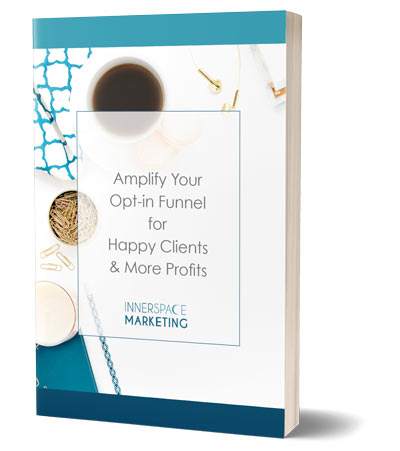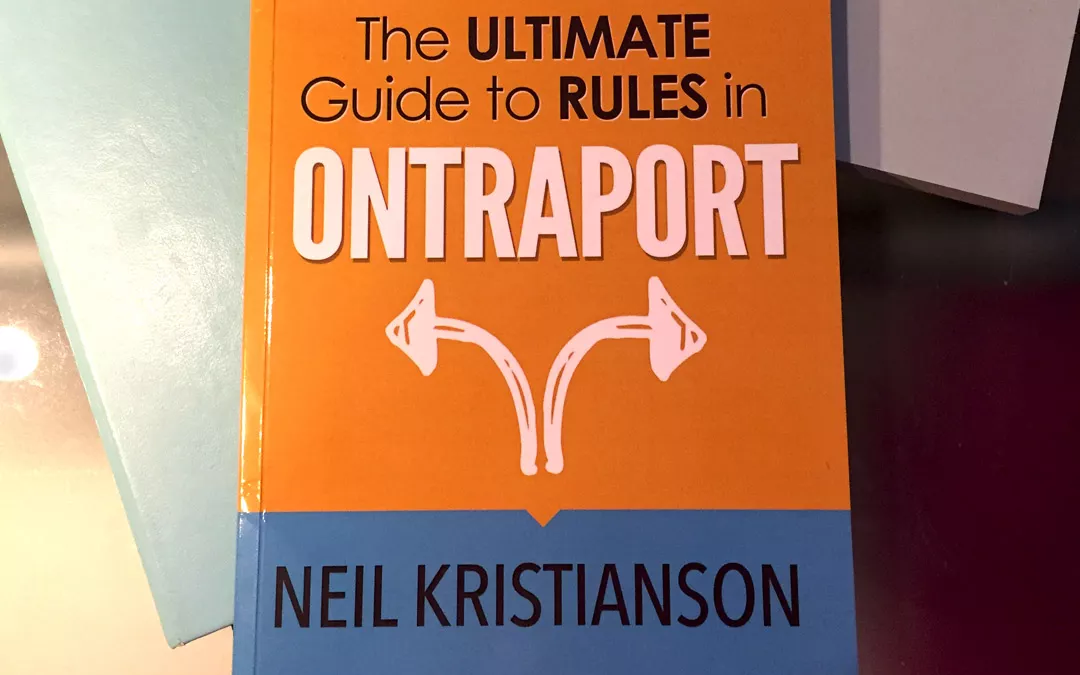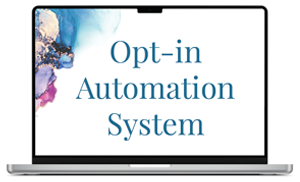ONTRAPORT is a monster of a marketing/CRM (Customer Relationship Management) tool for small businesses. Like with any CRM tool, the value is in the depth in which you can respond to your leads' behaviors, convert leads into customers, and analyze the results to maximize sales.
The engine that drives this behavior response automation is one that's often undervalued or underutilized—Rules.
ONTRAPORT's look and feel may change with cutting-edge marketing trends, but my friends, Rules are where it's at. Yeah, I know, I wouldn't have been caught dead saying that back in high school, either. Pop on some Sex Pistols, and let's get down to business with some hot rule action.
One of my friends and fellow ONTRAPORT Consultant, Neil Kristianson, knows a thing or two about Rules. So much so, he wrote a book about it called The ULTIMATE Guide to RULES in ONTRAPORT. It's a compact book filled with some handy Rule wizardry, and I highly suggest you snap up a copy. I keep mine next to my desk so I can easily reference it when needed. The appendix has complete lists of Triggers, Conditions, and Actions, which I find very helpful.
So why are rules so powerful? It's because you can drill down to a set of specific conditions to run the rule. Did they do X? Then send them down the X path. Did they do Y? Then send them down the Y path. These behaviors, or Triggers as ONTRAPORT has aptly named them, help you to segment your list, define the optimum path for that lead, and so much more.
As Neil explains, there are 3 simple steps to making up a rule:
- Trigger – “When this happens…”
- Condition(s) – “If this is true…”
- Action(s) – “Then do this…”
Conditions and Actions can include both “AND” logic or “OR” logic – so you can have statements that say something like…When a contact purchases product Z, AND he doesn't have the tag for Product X, send the contact an email with information about Product X.
Many systems do not have this flexibility to use both AND and OR logic for conditions. In my mind, this is what makes ONTRAPORT so flexible. Quick note though on OR logic – it only links the condition immediately before the OR and immediately after the OR. OR logic doesn't create groups of conditions and are executed first, like in math, they are the rules in parenthesis (for example, 5+ (2 x 10) + 2, you multiply first and then add).
Global rules are special as they aren't tied down inside a sequence (ONE RULE TO RULE THEM ALL, okay, not really, Gandolf…settle down.).
Global rules live in their own special area and can fire off anytime their triggers and conditions are met. They are the special ruling class of your system, like Gandolf, they are always working in the background and firing, free from any sequences. Global rules are the glue that makes the magic happen, for instance, pushing leads into sequences when triggered, updating fields or tags and so much more.
As Neil points out, global rules fire based on an action and are always on, whereas sequence based rules fire based on a specific point in time that you setup and only happen once. Some use cases for global rules might be, if someone purchases a product, remove them from the promotional sequence for that product. No one likes getting sales emails after they've bought the product you're promoting. Trust me. Also, close an open order if someone cancels a monthly membership would be a great global rule to have running in the background for you.
This little book is jammed packed with great info that will make you a better ONTRAPORT user. Pick one up here!
FYI – no, there's no kickback happening here or affiliate link magic. Neil's an awesome ONTRAPORT consultant and I believe in the power of this handy guide to help any ONTRAPORT user.

Amplify Your Opt-in Funnel
This FREE ebook will help you map out your opt-in funnel to turn your prospects into delighted customers. You'll also get marketing tips in your inbox.


